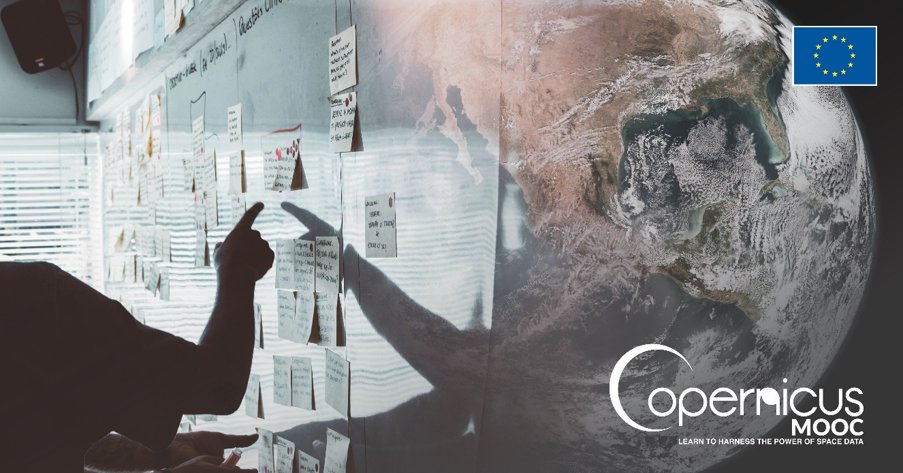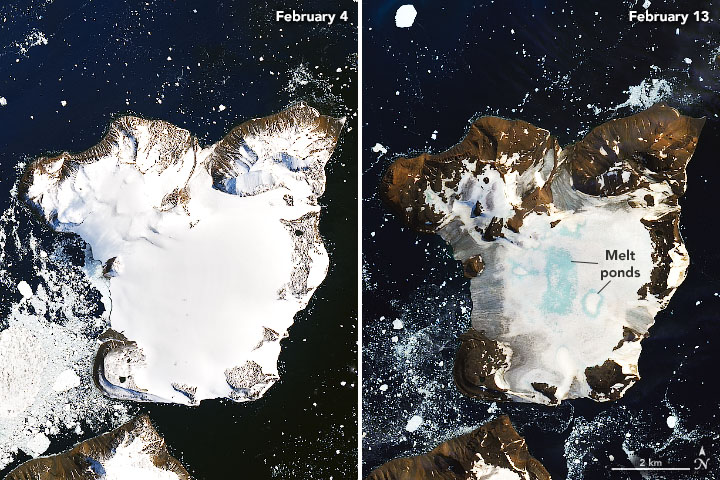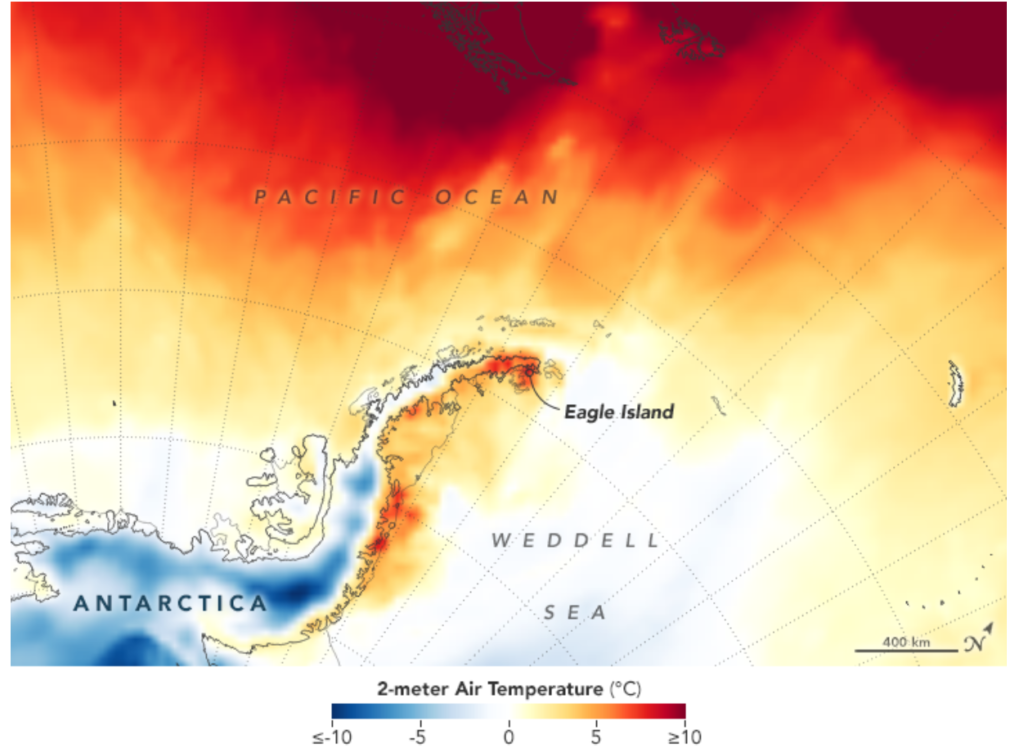
Learn all about Copernicus data services with this free new online course
The European Union’s earth observation program, Copernicus, is the third-largest space data provider globally. Catering primarily to six thematic areas (land, marine, atmosphere, climate change, emergency management, and security), Copernicus’ Sentinel satellites support several industries and applications, including regional and local planning, agriculture, forestry, fisheries, health, transport, climate change, sustainable development, tourism, environment protection, and disaster management.
With a full, free, and open data policy, the program currently supports hundreds of startups that have created new ventures using Copernicus data and information. The European Union is convinced Copernicus can generate up to $142 billion in societal benefits by 2035, which is why it regularly hosts hackathons and runs accelerator programs for geo-startups.

And now, the EU is funding a new online course for anyone who wants to understand how Earth Observation data can be used to address societal challenges and generate business opportunities.
The Copernicus MOOC (Massive Open Online Course) is an online training that begins on Monday, March 9, 2020. Consisting of 12 lessons of 2 hours each, over a period of 12 weeks, the MOOC is designed for anyone and everyone who uses or could benefit from using geoinformation data. The best part is that the course welcomes freshers, so it does not matter if you do not have any prior experience in using geospatial data.
The EU is encouraging all first-time and intermediate users of the Copernicus program from the public and private sectors to participate in the free online course. Civil servants, policymakers, entrepreneurs, innovators, intrapreneurs, service designers… everybody is welcome.
Copernicus MOOC focus areas
According to the registration website, the course will focus on three topics:
- The lowdown on Copernicus data and services: What they are, and how they can be accessed and used
- Success stories: How existing Copernicus-enabled services and applications have been developed and deployed
- Doing it yourself: Acquiring the key skills and knowledge to develop and deploy Copernicus-enabled products and services and to navigate the Copernicus ecosystem.
The EU is promising a variety of engaging and interactive learning formats, including webinars, videos, use cases, and projects. A panel of renowned industry experts and successful practitioners has been put into place for the same.
To register for free, click here.









